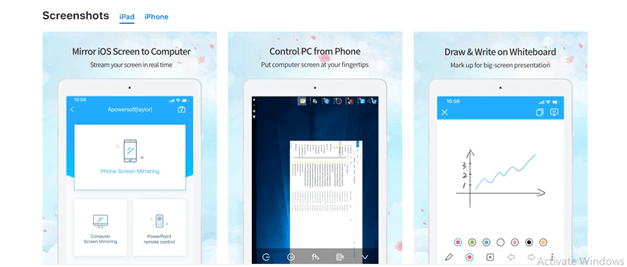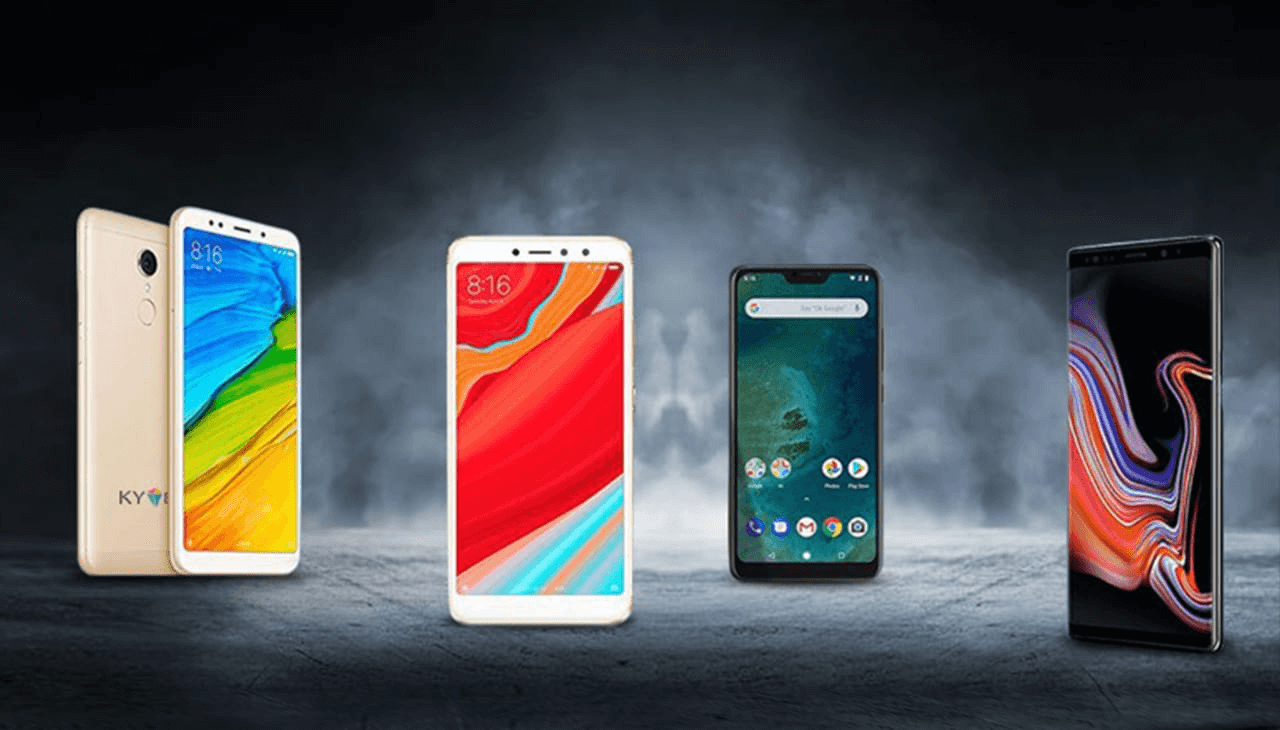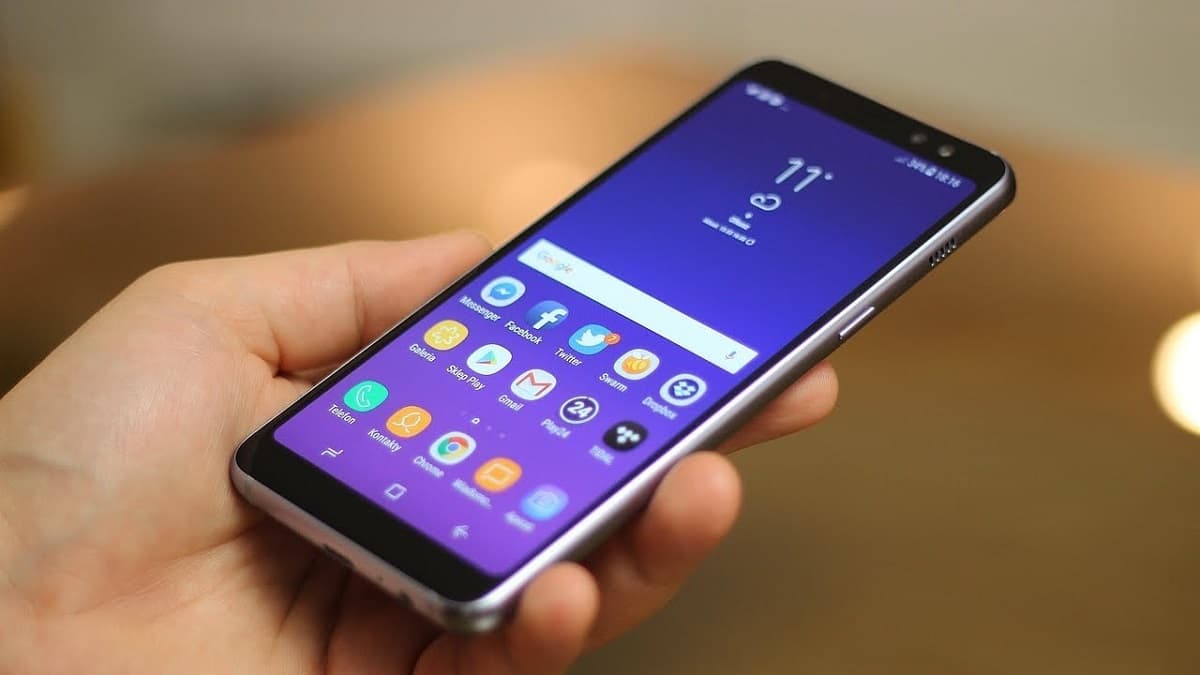In reviewing the latest smartphones 2019 has to offer, OnePlus is just asimportant as Samsung and Apple, and there are compelling reasons to hold outon the S10 for a OnePlus 7 Pro if you’re still weighing your options.
The freshly released OnePlus 7 Pro is unsurprisingly top of the line with its triple-sensor 48 MP rear snapping array, Snapdragon 855 octa-core that’s clocked at nearly 3 GHz,256 GB of inbuilt storage, 12 GB RAM and 4,000 mAh of go-juice for all thathorsepower. The AMOLED display clocks at 6.7 inches and pushes a 90 Hz refresh rate for crazy-smooth scrolls, which is a nice touch for a phone at this price point.
Did we just spill everything there is to know about the OnePlus 7 Pro? Maybe there’s no point to the rest of this review now; maybe you’ve made up your mind. We think it’s a little soon to cut it short, however, as there are numerous talking points that might flex your opinion for or against this flagship, which is priced right up there with traditional flagship costs. One could argue that’s not terrible since you’re getting “hyperphone” quality with the 7 Pro; the 12 GB RAM combined with the Snapdragon 855 practically makes it a laptop replacement if you only have the Bluetooth ensemble to make it feel as much.
Okay, enough of that. Let’s touch on the more technical points here, and to make a show of OnePlus’ prowess here, we’re going to stand the 7 Pro up next to the base version of the Galaxy S10+ because it’s just that freaking good for the price. Hey, when we said that we compare latest phones, this is exactly the sort of sizing-up that
everyone’s asking for these days.
Advantages of the OnePlus 7 Pro
- Slightly higher CPU clock rate — 2,840 MHz to the S10+’s 2,800 MHz
- 90 Hz screen refresh rate versus 60 Hz on the S10+
- Bigger screen — 6.7 inches versus 6.4 on the S10+
- More RAM than the base Galaxy S10+ model — 12 GB versus 8 GB
- More storage capacity than the base Galaxy S10+ model — 256 GB versus 128 GB
- More optical zoom on the back-facing camera — 3x versus the S10+’s 2x
- Significantly higher back-facing camera resolution — 48 MP versus 12 MP
- Pop-up selfie camera that doesn’t block any part of the screen unlike the S10+
- Better price compared to base S10+ model — ₹62,552 versus ₹71,249
Advantages of the Galaxy S10+ (Base Model)
- Slightly larger battery — 4,100 mAh to the OnePlus 7 Pro’s 4,000 mAh
- Supports microSD expansion, allowing for a theoretical 2 TB of additional space
- Gorilla Glass 6 versus the Gorilla Glass 5 on the OnePlus 7 Pro
- Supports slow-mo recording up to 960 FPS as compared to the OnePlus 7 Pro’s 480
FPS - Variable aperture back-facing camera with higher aperture possible — F2.4 versus
F1.6 - Larger back-facing camera pixels — 1.4 μm versus 0.8 μm
- Selfie camera supports 4K video and auto-focus
- Phase detection auto-focus (PDAF)
- Sports a 3.5 mm headphone jack whereas the OnePlus 7 Pro doesn’t
Certified IP68 dust-proofing and water-resistance
Related Articles: Samsung Best Model
Parting Notes
We’re not mentioning the premium version of the S10+ for two reasons. One, it’d be a bit of a blow-out in Samsung’s favor; two, it’s clear that the OnePlus 7 Pro was intended to stick to the traditional low-price formula of OnePlus units in general whereas the premium S10+ forgoes affordability altogether. As the latest smartphones 2019 has to offer, there’s no better set of Android devices to discuss when we compare latest phones here.
We want to mention a few special additions or adjustments of the OnePlus 7 Pro that might pique your interest:
- The screen and backplate are now smoothly tapered, similar to Samsung’s handset.
This may not come as a benefit to some users, but it does establish more of a premium
flair and is generally received as a benefit for that reason. You may find that there are
more accidental touches however. - It actually has IP68-like resistances built in, but having it certified would have raised
the cost, so OnePlus forwent that benefit and decided to simply make it rugged without
certification instead. - The haptic feedback is drastically improved thanks to a higher quality motor. The
feedback is said to be more precise.
- The screen and backplate are now smoothly tapered, similar to Samsung’s handset.




